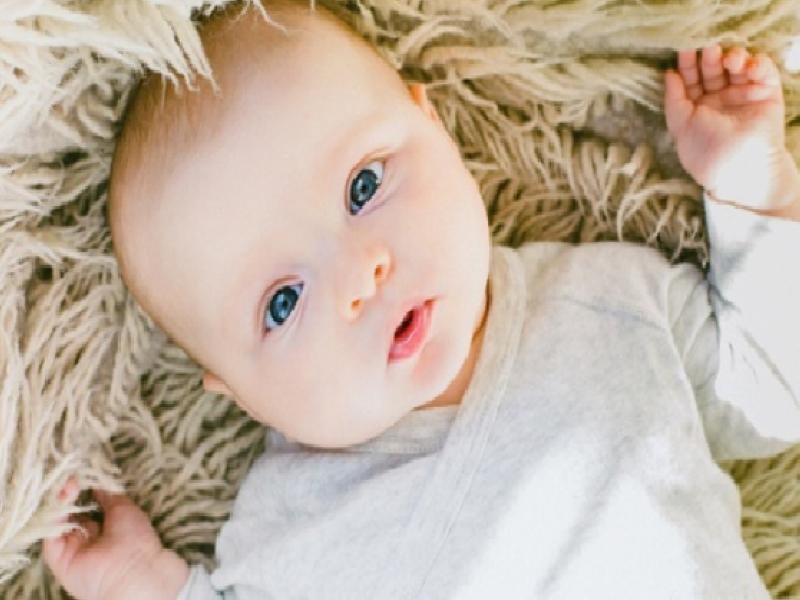
Do not neglect the health of the babies of parents who have just tasted motherhood and fatherhood, and eye health that affects their adult life! Eye examination of babies is very valuable to prevent and take precautions against any eye disease that may occur in the future. Many parents wonder when the babies’ eye examination is done, when should we take the babies to the ophthalmologist? To the question, Ophthalmology and Ophthalmology Specialist Prof. Dr. Levent Alimgil drew attention to the eye diseases caused by eye diseases that are not followed up in infancy and made valuable warnings for parents.
Eye Examination in Infancy Prevents the Risk of Blindness!
The sense of sight is not a skill that completes its development in the womb! On the contrary, it is a process that develops rapidly from the moment we are born. It realizes its fastest and most valuable development in the first three years of age. Almost all of the eye problems that parents detect at the age of starting school after their children’s complaints occur in the first three years of age. For this reason, the intervention to eye problems in the first three years of life also prevents the eye diseases that the child will experience in adulthood.
Explaining that many eye health problems will be resolved if the baby’s first eye examination is done in the middle of nine to 12 months, Alimgil believes that blindness can be prevented with early intervention.
There are three main factors that impair the visual development of children. Almost every child is hyperopic at birth. Hyperopia is due to the eyeball not reaching its full adult size now. If it is above 4 degrees, precautions should be taken as there will be a risk of lazy eye and strabismus. Anisometropia, which is the difference in eye degrees in the middle of the two eyes, is another problem.
If there is a difference of two or more in the middle of the degrees detected in the examination, precautions should be taken. Another factor is strabismus. In newborn babies, the eye movement control mechanism of the brain may not be fully developed and short-term eye shifts may be observed. In this case, you should not panic. However, if a shift is always noticed, it is valuable to consult an ophthalmologist quickly.
If Your Baby’s Eyes Are Enlarged Beware!
Explaining that congenital cataracts and eye pressure are common ailments that cause valuable problems ranging from blindness in later ages, Alimgil said, “Sometimes, babies may have cataracts due to the diseases the mother had during pregnancy and the medications she took. Those who are at a level that may adversely affect vision development should be operated as soon as possible. If time is spent, lazy eye is inevitable that cannot be corrected in the future.
Babies with large eyes may have eye pressure. Eye pressure in infants is caused by developmental anomalies. A fluid is produced inside the eye that nourishes the tissues. Excess of this fluid is excreted through the eye canals. If these channels are congenitally clogged, pressure builds up inside the eye due to fluid accumulation. Since the eye wall is thin in babies, the eye appears larger than it is. For this reason, children with very large eyes should definitely be supervised in the early period.
Premature Babies Should Be Careful!
Explaining that eye controls should be followed very closely in premature babies, Alimgil also draws attention to Retinopathy of Prematurity. Retinopathy of Prematurity is a disease encountered in babies with a birth weight of less than 1500 g due to preterm birth and receiving oxygen therapy in an incubator. The development of retinal vascular structure should be monitored by performing fundus examinations every five to six days immediately after birth. If necessary precautions are not taken in these babies, permanent and irreversible damage to the retina may occur.
Thanks to the developing technology, eye examination in babies is becoming more and more practical. With the developing technology, eye control of babies can now be done easily. With new technologies, we examine the eyes of the baby with eye drops and we can take precautions if there is a need according to the results. By applying this protocol, we can identify the issues that may cause vision defects in the future and can treat them at an early stage.

